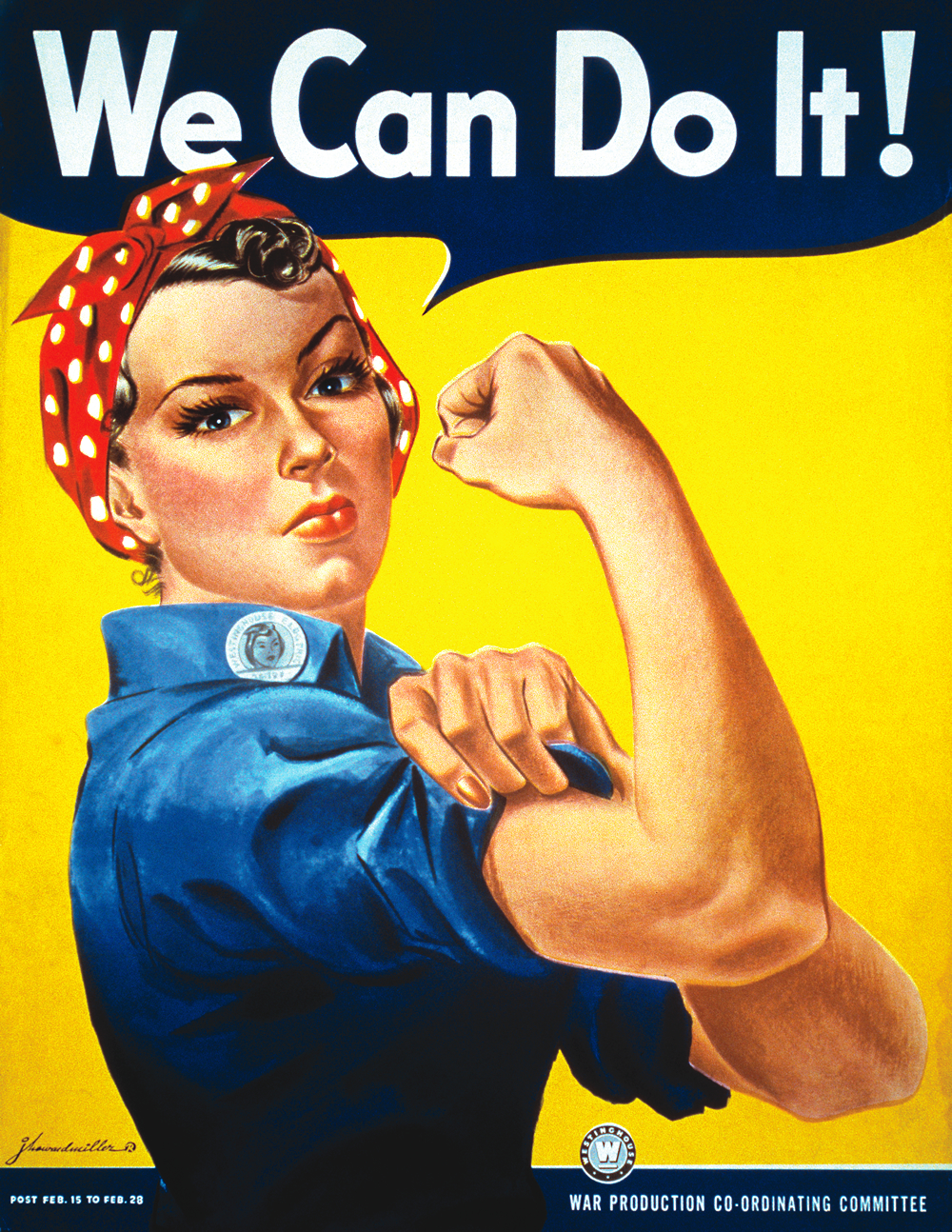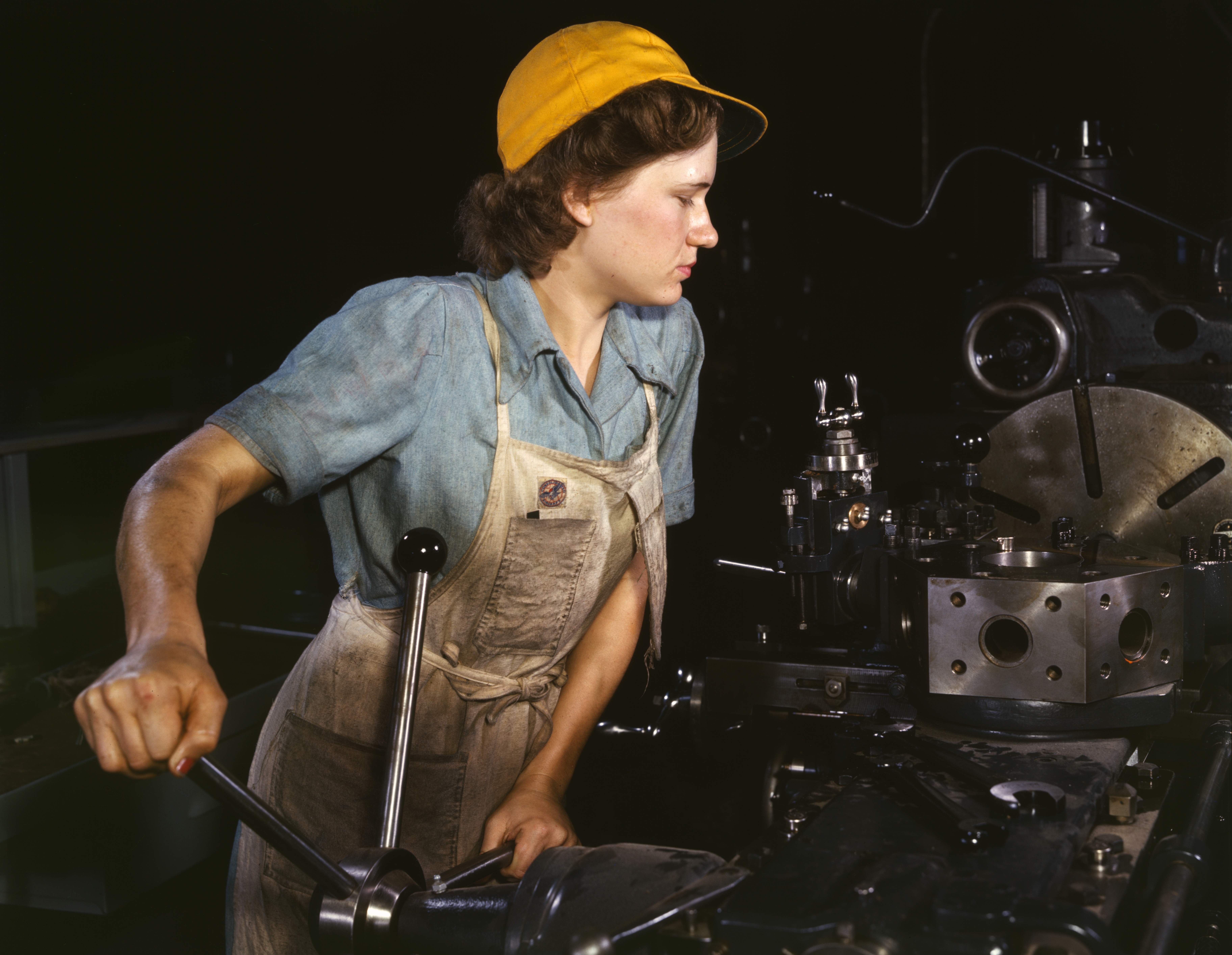This seems more like a ghost town than anything, or that’s what I thought when I stepped out of my vehicle. The buildings, intermittently spread and haphazardly arranged, let off a faint flush of grey, laminated by sunlight. No sign of livelihood or animation apart from the few whirls of winds that elevates a few scrapes of paper and dust. The backdrop, barren and all, is of no help to this morbid cityscape. Less than a decade ago, on this exact same spot lays a city that is inhabited by millions. People of different class, race, age, gender (of course) and all kinds imaginable used to live in this city. It was prosperous. It was, but not now.
For some reasons, the sign of a nearby metro station exit caught my attention. Staggering in the wind, trying to grasp onto something but never succeeding, the sign was held only by a thin piece of wire. Why did it not fall apart, and how long has that sign been struggling, are mysteries to me. What I am certain of is, nevertheless, that the room on the second floor of the building directly beside the metro exit is where I used to live. The building, like many other constructions in the city, laid bare, battered, and in ruins.
I went up and through the door of what used to be my apartment, or, to be precise, the arch that used to be a door. Most of the items are gone. Furnishings, decorations, stacks of books, and even my prized collection of action figures that are made of synthetic materials (plastic). The only image that corresponds with my understanding of the room is the position of the large furniture such as the metallic bed frame that had gathered rust, the bookshelf that looks like it is about to collapse, and the writing desk that is full of holes and splinters and with a corner missing. The whole apartment is filled with rubbles and splinters and all kinds of imaginable rubbish. I should have moved, I told myself.
I tried to savage whatsoever I can find. Not much. A small crystal ball the size of a thumb, a spoof book on English learning written by some Taiwanese guy, a necklace of no whatsoever symbolic meaning apart from the fact that I used to wear, and a pack of unopened gum. Considering how ravaged and devastated the entire state is, I should be more than satisfied with my finds.
As I started my way back across the desolated street, a poster plastered onto the building on the other side fluttered in the wind. It bares a large figure with a solemn yet intimidating might towering forward, and a forefinger pointing at my direction. On the top of the poster, three words are printed with serious fonts:
“War is peace”
If I am any less apathetic towards this “war” in general, I would be rushing over with rage, trying with all my might to annihilate with everything I got. But no. I didn’t. I stood there, staring at the blank eyes of the figure in the poster. I am too used to seeing that nincompoop’s face. Too used to the idea of war that it strikes me as something I live with everyday. What if I destroy the poster? There will be millions of similar posters out there. How many more can I destroy? The act of destroying that poster will prove to only be as pointless as the war itself.
Just as I am about to go, a stray hound, a black one, walked towards the poster. He lingered around the spot below the poster, sniffed a bit, and raised one of his rear legs. A stream of fresh urine gushed out of his rear and landed directly below the poster.
“Way to go, pal. You sure know your peace.” I said laughingly to myself.





 Gossip box
Gossip box
 Gossip Counter
Blownote Time
Gossip Counter
Blownote Time


